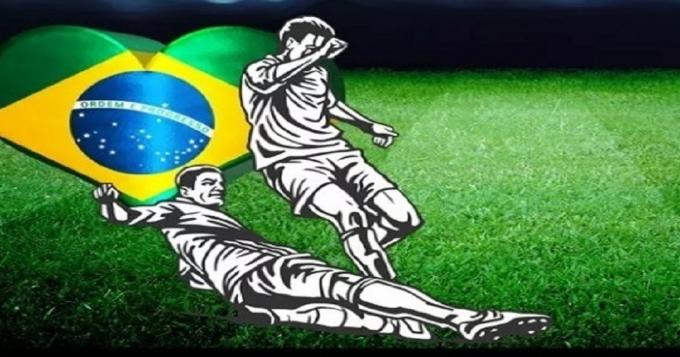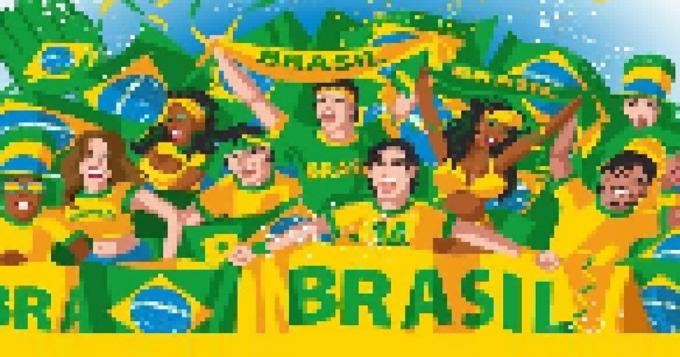
We selected in this post several ideas and suggestions for your World Cup early childhood education lesson plan and early grades. A great way to work the world cup in the classroom.
The World Cup is an event, or rather a spectacle of gigantic proportions. It moves billions of dollars and millions of viewers around the world. In this year of 2018, at the World Cup in Russia, Brazil goes in search of another world title.
As it is such a current and mobilizing subject, it is easy to get data and information that can be used by teachers and students as sources of research. and projects that help expand the students' repertoire through activities that rely, from the outset, on the involvement and interest of a large part. their.
See too:
Index
Participate in bodily and artistic activities respecting your own limits and those of others; adopt attitudes of mutual respect and rejection of violence; know and value the plurality of body culture. Enable the individual to reflect on their bodily possibilities and, with autonomy, exercise them in a meaningful and appropriate social and cultural way.
Organize a small inter-room football league. Each team must have:

World Cup early childhood education lesson plan and early grades
Goals:
Cup talk wheel
Oral and Written Language Axis:
the Brazilian National Anthem:
Math Language:
Identity and Autonomy Axis:
Pay attention to the important values for living in a group: respect for the rules, taking care of others, team spirit, companionship, taking care of the material used and displayed in the classroom;
Plastic Language:
Make...
Body and Movement:
Song
Nature and Society:
Project culmination:
Exhibition of works for the school community.
Also check: World Cup Activities Early Childhood Education

World Cup Early Childhood Lesson Plan
Goals:
Develop the spirit of acceptance, we hope for victory, but only one team will come out victorious. We must accept defeat as a way of learning and improving our experiences;
Oral and Written Language Axis:
Math Language:
Identity and Autonomy Axis:
Plastic Language:
Movement:
Song
Nature and Society:
Always thinking of making it easy for you, we decided to make the “World Cup Lesson Plan for Early Childhood Education” shown above, for free download in PDF. To access the material, check the following link:

World Cup Early Childhood Lesson Plan - Kindergarten
To explore, discover and apprehend reality, the child uses games and make-believe. Playing is, for the child, the result of self-discovery, pleasure and growth.
Activity 01: The ball is a toy very much appreciated by children of any age, which is why it was privileged in this project; in addition, we work on motor coordination.
Activity 02: At first, all students received a ball to play freely in the school yard.
Activity 03: The students formed a circle, sitting on the floor. We talked about various types, sizes and textures of the balls that were in high school.
Activity 04: To the sound of music, we made a circle and every two children got a ball to dance with, balancing it on their foreheads, stomachs and buttocks.
Activity 05:
Activity 06: With the balls that we make in semi-fine, we played games like bowling, target shooting, and basket ball.
Activity 07: Each child received a gas balloon to play freely in the room. Afterwards, we tie the badge to the balloon string to make the roll call. It was very funny.
Activity 08: With a hoop hoop we made the basketball game.
Activity 09:
We realized that the group relationships in this project were widely disseminated, stimulating affection and sharing. The most repeated and appreciated activity by children was that to balance the ball on a part of the body. This experience was gratifying for the children and us, the teachers, because in addition to helping with motor development, it stimulated and challenged the students to overcome obstacles with great joy.
Subscribe to our email list and receive interesting information and updates in your email inbox
Thanks for signing up.


